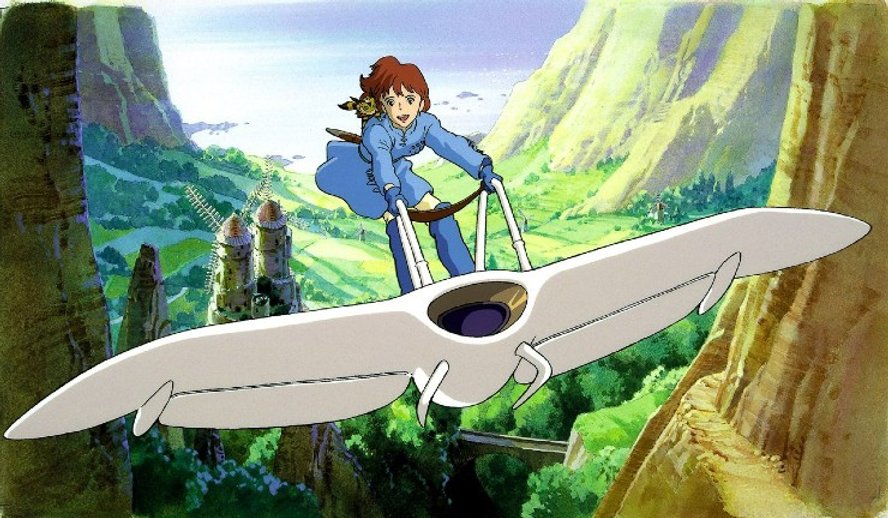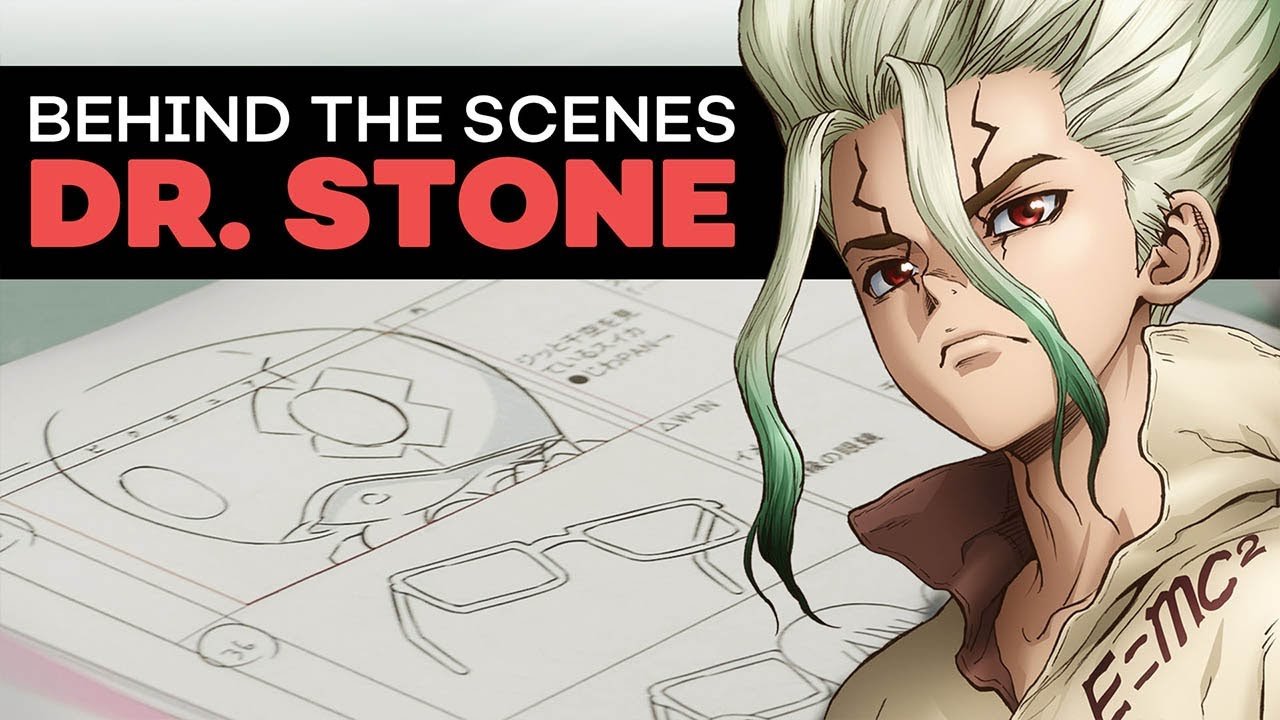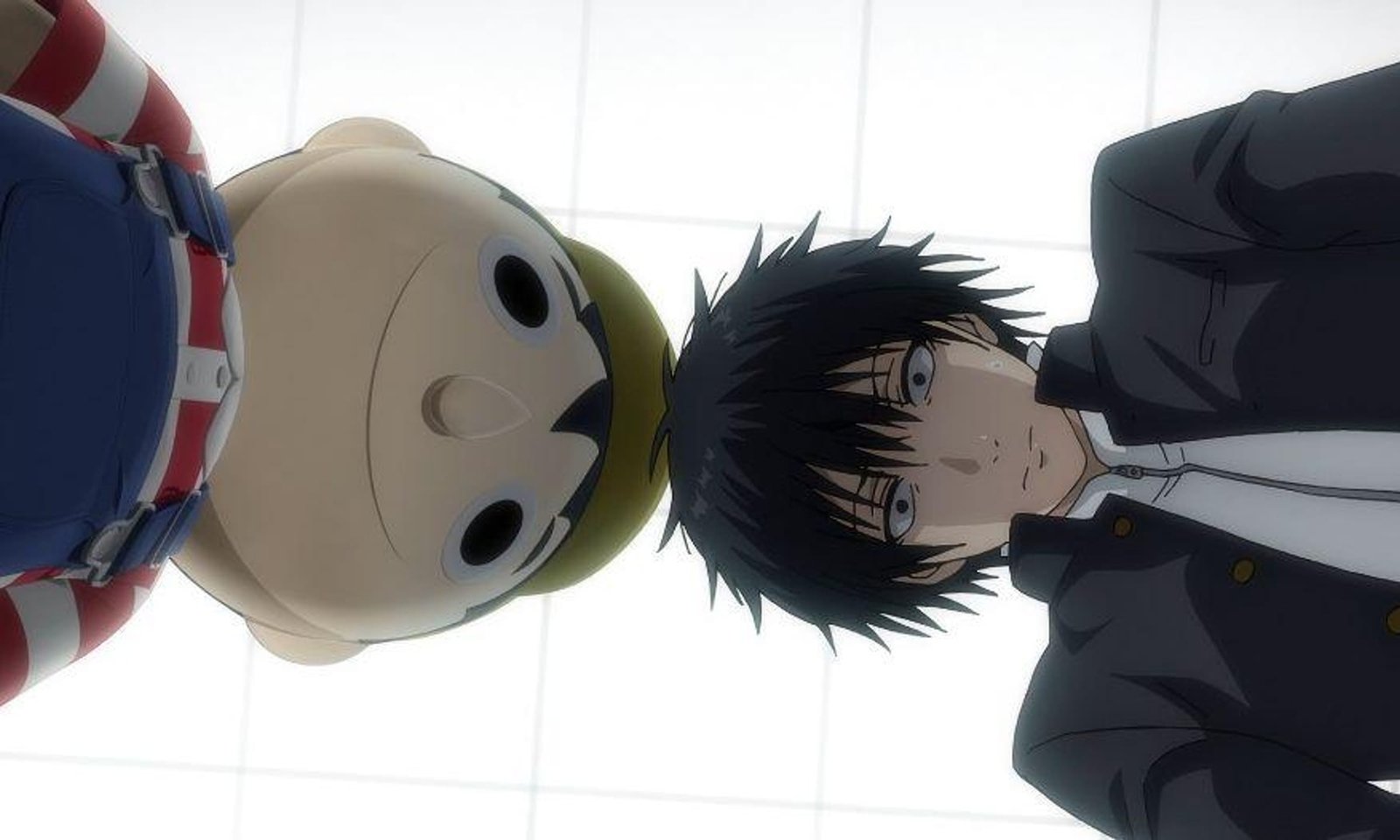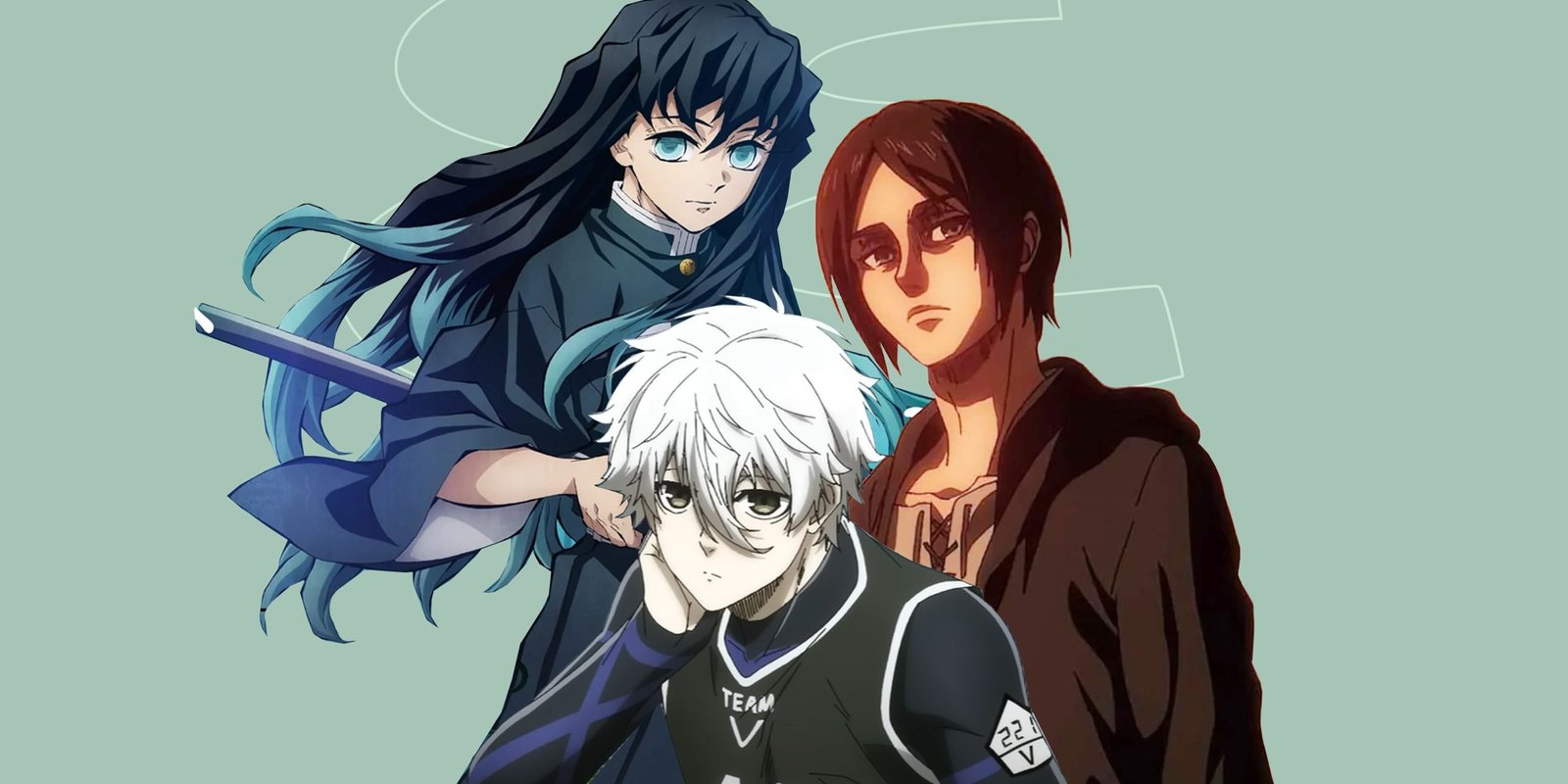Anime has become a global cultural phenomenon, enchanting millions with its stunning visuals, rich storytelling, and unique artistic style. But what goes into creating the magic of anime? How do studios transform ideas and scripts into the animated masterpieces we watch on screen? In this post, we’ll take a behind-the-scenes look at how anime studios create magic and bring their stories to life.
1. The Initial Stages: Concept and Storyboarding
The journey of creating an anime begins long before the animation process even starts. It all begins with a solid concept and a story that resonates with its intended audience. Whether it’s an adaptation of a manga, a light novel, or an original idea, the first step is bringing the concept to life.
Storyboarding is a crucial step in the early process. Much like a film director plans out scenes with a storyboard, anime creators use storyboards to map out the key frames and sequences of each episode or film. This process helps define the pacing, shot composition, and the flow of the narrative. Storyboards give animators a visual guide of what needs to be animated and how the scenes should unfold.
2. Character Design and Visual Development
Once the storyboard is in place, character design begins. This is where the iconic visual style of an anime takes shape. Character designers work on creating the look of each character, from their facial expressions to their costumes. These designs help establish the personality and identity of each character, influencing how they are portrayed throughout the anime.
In addition to character designs, visual development focuses on setting the mood and aesthetic of the anime. This includes creating environments, color palettes, and the overall visual style that will be consistent throughout the series. These elements are critical in creating the atmosphere that supports the story’s tone, whether it’s a dark fantasy world or a vibrant high school setting.
3. Voice Acting: Bringing Characters to Life
In anime, voice acting is a key component that contributes to the emotional depth and personality of the characters. Seiyuus (Japanese voice actors) record their lines in a process called dubbing or voice recording. Voice actors use their vocal talents to convey the emotions and nuances of the character they portray.
Anime studios often bring the voice actors in early in the production process, allowing them to see the rough storyboards and understand the character’s emotions and intentions. This ensures that the voice acting aligns with the character’s expressions and movements when they are animated. The chemistry between the voice actors and their characters is a crucial aspect of making anime come to life.
4. Animation: The Heart of the Process
The animation process itself is a meticulous and time-consuming journey that involves multiple stages, each contributing to the magic of anime. After the character designs and storyboards are approved, animators begin working on the actual animation.
The process typically involves these stages:
- Key Animation: The lead animators, or key animators, create the keyframes of the animation—these are the important frames that define the character’s movement and action. The keyframes are often spaced out to show the main points in the animation.
- In-Between Animation: Once the keyframes are done, in-between animators create the frames between the keyframes, smoothing out the movement and creating the fluid action we see on screen.
- Background Art: Meanwhile, a team of background artists is responsible for drawing the environments in which the characters move. These backgrounds set the stage for the action and help create the world in which the story takes place.
- Coloring and Final Touches: After the animation and backgrounds are complete, colorists add the final color to the characters and backgrounds. This stage can involve digital coloring and special effects to add depth and texture to the animation.

One of the challenges of anime production is maintaining high-quality animation on a tight deadline, especially for long-running series. As a result, some scenes may incorporate limited animation, which reduces the number of frames per second to save time and resources. However, studios like MAPPA, Bones, and Kyoto Animation are known for their ability to deliver exceptional fluid animation without sacrificing quality.
5. Music and Sound: Setting the Mood
An often-overlooked aspect of anime production is the music and sound design. The soundtrack plays a critical role in setting the tone and enhancing the emotional impact of scenes. From the opening and ending theme songs to the background score during key moments, the music helps define the overall atmosphere of the anime.
Sound effects are also added in post-production to ensure that every action, from a sword swing to the rustling of clothes, has a realistic or stylized sound that adds to the immersion. Sound designers work closely with the animators to match the timing of the sound effects with the on-screen action.
6. Post-Production: Editing and Final Touches
After the animation and voice acting are complete, the final steps of the production process take place in post-production. This is where everything comes together, and the anime takes its final shape.
The editing team assembles the animated footage, ensuring that the pacing and transitions are smooth. Any necessary adjustments are made to timing, voice acting synchronization, or animation to make the final product seamless.
Additionally, visual effects are added in post-production to enhance key moments in the anime. These effects, like glowing lights, explosions, and particle effects, are crucial in adding a sense of drama and spectacle to action scenes or emotional moments.
7. Distribution and Marketing: Bringing the Anime to Audiences
Once the anime is complete, the studio turns its attention to distribution and marketing. The anime is either released on television, streaming platforms, or in theaters (for films). Studios work with distributors to ensure that the anime reaches its target audience.
Marketing campaigns are also crucial in building hype and anticipation for new anime releases. This includes promotional materials like trailers, posters, and social media engagement. Studios often release teasers and sneak peeks, generating excitement before the anime officially airs.
Conclusion: The Magic Behind the Magic
Creating anime is a complex and multi-faceted process that involves many talented individuals working in unison. From the early conceptual stages to the final touches of sound and animation, each step is essential in bringing anime to life. The magic of anime comes from the meticulous craftsmanship of the artists, animators, voice actors, and composers, all of whom contribute their skills to create something truly special.
As fans, it’s easy to appreciate the finished product, but understanding the behind-the-scenes process gives us a deeper respect for the hard work that goes into creating the anime we love.











